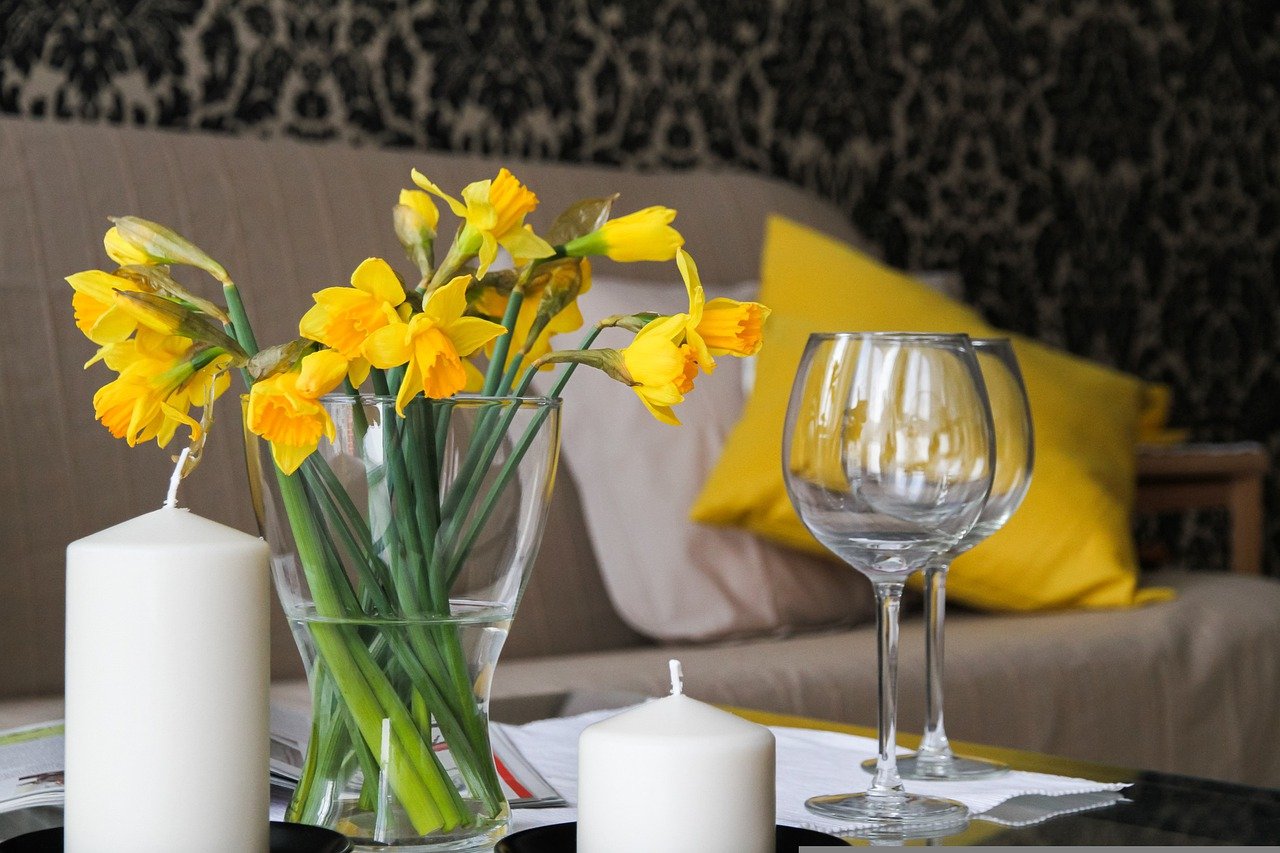Have you heard of the Vastu Shastra technique when designing a house? If not, you might consider learning more about this valuable and innovative approach that most designers follow. This method has proven to be very useful in the success of building design. Here are a few things you need to know about the Vastu Shastra Technique:
What Is the Vastu Shastra?
Originating from ancient India, this is a well-known method of designing houses that uses science, astronomy, art, and even astrology. It is said to believe that creating homes this way restores the balance and peace of the structure, making it a more comfortable space for tenants and people who live there.
The Vastu Shastra principles are factors that generally impact human lives. These are common elements of nature, like the sun's heat or the earth's magnetic field. Vastu manipulates all these factors and energy in a building to ensure that there is harmony. For example, in normal circumstances, you might install doors and windows anywhere in your home, but if you follow the Vastu principle, there are specific locations where you can install them to bring more benefits to your home.
Why Use It When Designing a House?
Incorporating Vastu into your design won't be that hard for an architect. It supports ordinary and standard principles of design. You can pick out the important ones and ensure that you incorporate them into your design without going in-depth with the Vastu, as it is an ancient Indian technique and has been changing over the years.
It might help you look at the Vastu as more than just some ancient superstition. Even installing your basic drywall access doors and panels might welcome negative energy into your home because of its location, and you would not be aware of it. You can easily understand the Vatsu by learning about the three major factors that are coherent with basic design principles:
- Location Of the Site
Location Of the Site
The location of the site is important as it has always been. The only difference is that the Vastu principle makes you look at the energies surrounding and flowing in the form of the land, while basic principles tell you how you can erect a building there without it collapsing. When it comes to the site's location, you need to consider the orientation, shape, slope, and soil quality for the design to work.
In Vastu's belief, the location's energy plays a vital role in determining the energy of the house and the tenants. There is a saying that places that face north or east are less auspicious and more ideal.
- Scientific Vastu Shastra Principles
Scientific Vastu Shastra Principles
The Vastu Shastra principle can be a guide when designing a house that is aesthetically pleasing and harmonious. It is somewhat the same as the basic architecture principles for the design you might have come up with in architecture school. There are just different ways or names for these basic principles, which you can find listed below:
- Diknirnaya – Focuses more on the orientation of the site.
- Vaastu Purusha Mandala – Focuses more on the planning and choosing of the site.
- Maana – Focuses more on the overall proportions of the building.
- Aaya- Focuses more on the dimensions of the building.
Diknirnaya – Focuses more on the orientation of the site.
Vaastu Purusha Mandala – Focuses more on the planning and choosing of the site.
Maana – Focuses more on the overall proportions of the building.
Aaya- Focuses more on the dimensions of the building.
- Chanda – Focuses more on the overall aesthetics of the building.
Chanda – Focuses more on the overall aesthetics of the building.
- The Overall Design
The Overall Design
The Vastu principle's primary goal is to use the environment around the building for the benefit of the tenants or homeowners. You can use the natural elements around you by following the Vastu principle while ensuring you are safe from the negative impacts these elements can bring. The Vastu usually has guidelines for the different spaces or parts of the house, which include:
- Rooms of the House
- Interior Spaces
- Exterior Spaces
Rooms of the House
Interior Spaces
Exterior Spaces
Learning more about the Vastu principles will help you understand how it is another way to ensure that the house sits upright. While some may believe this is all superstitious, following the guidelines will not cost you much as they mimic basic design principles with much science. Designing a home with the Vastu principles as guides will help you create an aesthetically pleasing home that can bring countless benefits.
Are You a Professional?
Requests for your services are coming in left and right. Let’s connect and grow your business, together.


